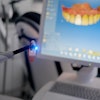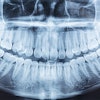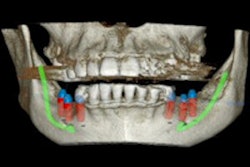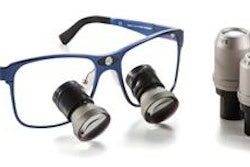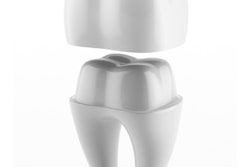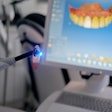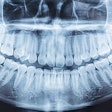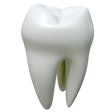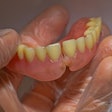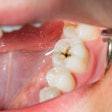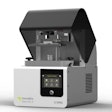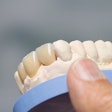Dear Imaging Insider,
There was a time in the not-so-distant past when taking radiographs as part of a dental examination was commonplace. However, with fears about radiation and changing insurance policies, U.S. practices took fewer images in 2016 than in any recent year. Why? Alitta Boechler of Sikka Software looks at the data. Read our Insider Exclusive.
In other Imaging Community news, you might have seen stray wires from orthodontia in a patient's mouth, but what about in their abdomen? A new report from BMJ Case Reports highlights the unusual case of a patient who swallowed part of an orthodontic wire but did not have health issues until a decade later. Learn more here.
Cone-beam CT and intraoral radiology are the most commonly used modalities to detect peri-implant bone defects. But does one outperform the other in finding these defects? Researchers compared numerous studies and came away with a surprising answer about both modalities. Read more here.
Laser fluorescence may effectively detect initial caries progression, but the technology struggles at monitoring later, more minute changes, according to a new study that looked at enamel demineralization with three different tools. Learn more here.
Also in the Imaging Community, you'll find the following recent imaging industry news:
- Dentsply Sirona reports a $1billion net loss and lower revenue in the second quarter.
- Orascoptic launches the OmniOptic interchangeable magnification loupe system.
